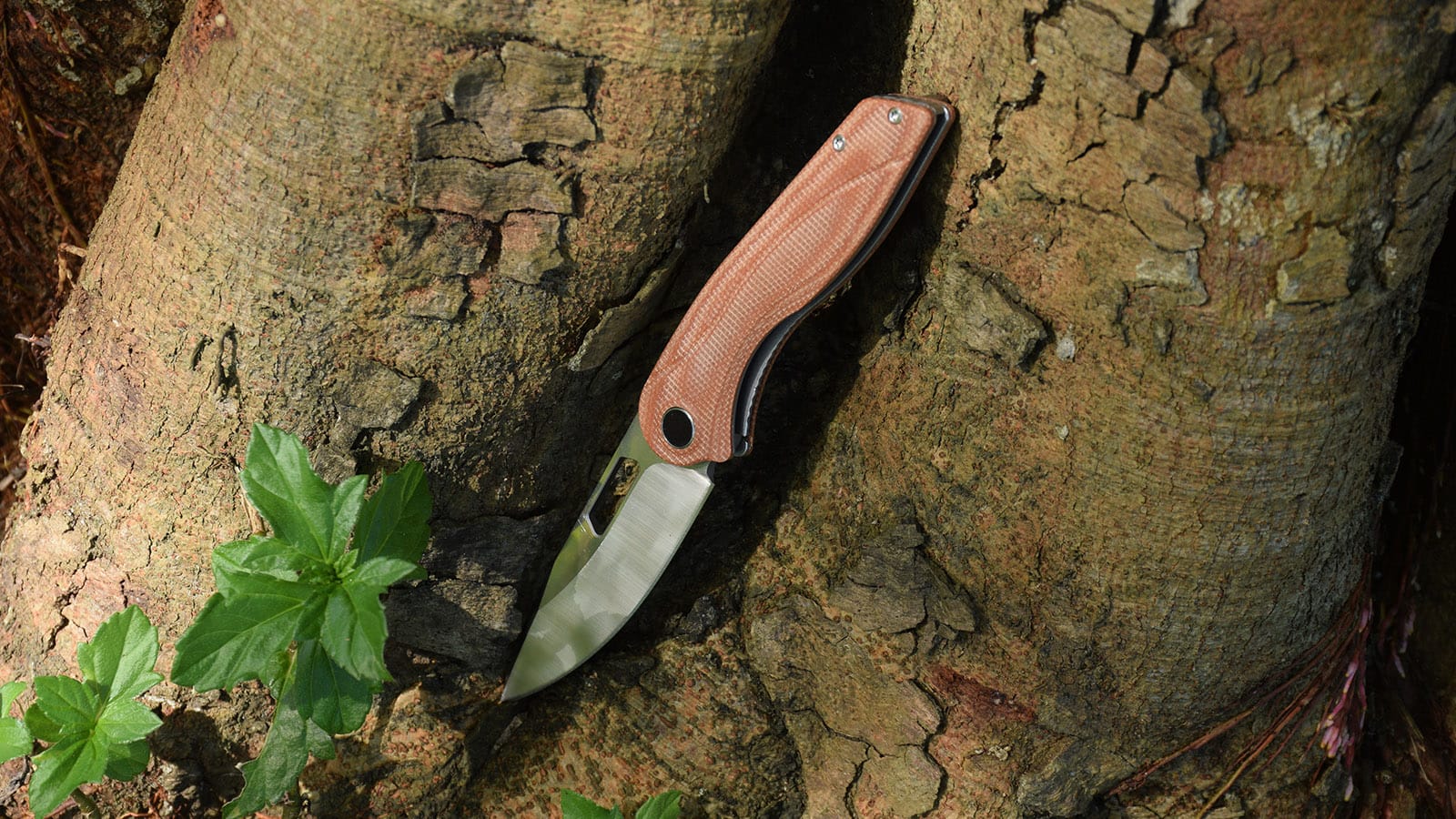Fabricarea unui cuțit pliabil este atât o artă, cât și o știință care combină ingineria de precizie cu măiestria creativă. Fie că sunteți un pasionat de cuțite doriți să vă creați primul cuțit pliabil de casă sau sunteți un creator experimentat care dorește să își perfecționeze abilitățile, acest ghid cuprinzător vă va ghida prin întregul proces. De la selectarea materialelor până la asamblarea piesei finale, vom acoperi tot ce trebuie să știți despre realizarea unui cuțit pliabil care este atât funcțional, cât și frumos.
De ce instrumente și materiale aveți nevoie pentru a face un cuțit pliabil?
Înainte de a începe proiectul dvs. de cuțit pliabil, adunați aceste elemente esențiale:
- Material metalic pentru lamă (de preferință oțel cu conținut ridicat de carbon)
- Mâner (G10, micarta sau lemn)
- Pivot și șaibe
- Material bară de blocare
- Opriți pinul
- Diverse burghie
- Polizor și șlefuitor cu disc
- Unelte manuale
- Epoxid
- Echipamente de tratare termică
Cum să vă proiectați primul cuțit pliabil?
Crearea unui design simplu este esențială pentru primul dvs. cuțit:
- Începeți cu un proiect de bază de blocare a căptușelii
- Păstrați lungimea lamei între 3-4 inci
- Desenați șabloane la scară reală
- Luați în considerare ergonomia și confortul mânerului
- Planificați cu atenție amplasarea pivotului și a știftului de oprire

Cuțit pliabil Damasc personalizat cu mâner G10 și mecanism de blocare a căptușelii
Care sunt pașii pentru realizarea lamei?
Lama este inima dvs. cuțit pliant. Iată cum să o confecționați:
- Transferați desenul dvs. pe oțel
- Formați grosier lama folosind un polizor unghiular
- Găuriți orificiul pivotului și orice alte orificii necesare
- Creați conurile folosind o șlefuitoare cu disc
- Tratarea termică a lamei pentru întărirea acesteia
- Ascuțiți și lustruiți marginea
Cum se creează mânerul și mecanismul de blocare?
Asamblarea mânerului necesită precizie:
- Tăiați cântarele mânerului la dimensiune
- Perforați găurile pentru pini cu precizie
- Formați bara de blocare din oțel pentru arcuri
- Creați spațiu pentru locașul lamei
- Instalați știftul de oprire
- Atașați cântarele cu mâner cu epoxidice
Care este procesul de instalare a ansamblului pivot?
Un pivot neted este esențial pentru o bună funcționare cuțit de buzunar:
- Instalați șaibe pe ambele părți ale lamei
- Introduceți știftul pivotant
- Adăugați distanța corespunzătoare cu șublere, dacă este necesar
- Asigură funcționarea lină a lamei
- Reglați tensiunea pentru o acțiune optimă
Cum instalați și reglați bara de blocare?
Mecanismul de blocare a căptușelii necesită o atenție deosebită:
- Formați și întăriți bara de blocare
- Crearea unei tensiuni adecvate a barei de blocare
- Testați angajarea încuietorii
- Reglați pentru o blocare sigură
- Asigurați buna funcționare
Care sunt greșelile frecvente de evitat?
Feriți-vă de aceste potențiale capcane:
- Tratare termică necorespunzătoare
- Găuri de pivot nealiniate
- Tensiune incorectă a barei de blocare
- Centrare slabă a lamei
- Fixarea inadecvată a scării mânerului
Cum îți testezi și îți pui la punct cuțitul pliabil?
Înainte de a lua în considerare cuțit personalizat complet:
- Verificați centrarea lamei
- Testați angajarea încuietorii
- Verificarea deschiderii/închiderii fără probleme
- Asigurați o rezistență adecvată a detentei
- Testați performanțele de tăiere
Care sunt ultimele retușuri?
Pașii finali pentru a finaliza cuțitul:
- Șlefuiți și lustruiți toate suprafețele
- Aplicați ascuțirea finală a marginilor
- Curățați și ungeți pivotul
- Efectuați ajustările finale
- Testați lama deschisă și închisă
Considerații privind siguranța la realizarea unui cuțit pliabil
Prioritizați întotdeauna siguranța:
- Utilizați echipament de protecție adecvat
- Respectați procedurile adecvate de tratare termică
- Manipulați cu grijă marginile ascuțite
- Întreținerea corespunzătoare a uneltelor
- Lucrați într-o zonă bine ventilată
Recomandări cheie:
- Planificați-vă proiectul cu atenție înainte de a începe
- Luați-vă timp pentru a asigura măsurători precise
- Acordați o atenție deosebită pivotului și mecanismului de blocare
- Testați bine înainte de a considera cuțitul complet
- Siguranța ar trebui să fie întotdeauna prioritatea dumneavoastră principală
- Materialele de calitate sunt esențiale pentru un rezultat bun
- Răbdarea și atenția la detalii sunt esențiale
Nu uitați, realizarea unui cuțit pliabil necesită răbdare, precizie și practică. Primul dvs. cuțit s-ar putea să nu fie perfect, dar fiecare proiect vă va ajuta să vă îmbunătățiți abilitățile și înțelegerea fabricării cuțitelor.




